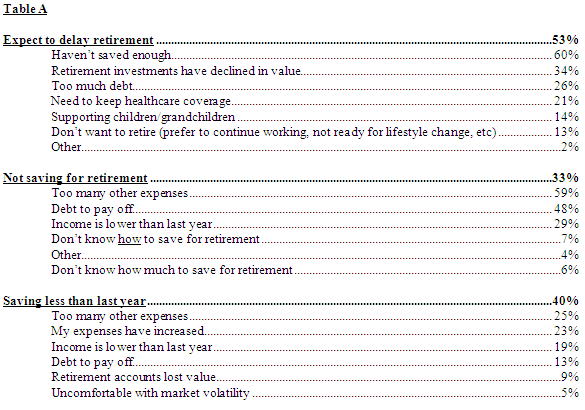How Much is Your Financial Advisor Costing You Financial Wellness @ Work
Post on: 26 Июнь, 2015 No Comment

When a friend of mine recently told me that she had a financial advisor, I asked her how much he was charging her. At first, she didn’t think he was charging her anything. When she realized that he probably wasn’t helping her out of the goodness of his heart, she acknowledged that she had no idea how or what she was paying him and didn’t remember him ever discussing this with her.
I’ve found this to be true more often than not among people I’ve spoken with that have financial advisors. It’s very disconcerting because advisory fees can have a huge impact on your returns. In this case, her advisor had sold her mutual fund “C” shares, which charge an extra 1% per year to pay the advisor. Let’s say that you have $50k in an IRA at age 35 and that you add $5k per year to it for the next 30 years and earn an average return of 8% per year. After that extra 1% fee, you would have about $229k less at the end of that 30 year period from fees and loss of earnings on those fees. That’s a cost of almost $8k per year!
Of course, this assumes that your advisor isn’t increasing your returns. However, studies have shown that advisors aren’t necessarily any better at picking winning funds than anyone else. Guess what is the best indicator of which funds will outperform: low costs, the very thing that my friend was losing by working with this advisor. In fact, even Morningstar, the mutual fund rating and ranking service, has admitted that low costs are a better indicator of future performance than their own star rating system. It gets even worse when you consider that advisors tend to recommend expensive actively managed funds because people can always buy lower cost index funds on their own.
This isn’t to say that you shouldn’t hire an advisor. A good advisor can help you plan for the future, coordinate all the different parts of your financial life, and make sure that you stay properly diversified through all the ups and downs of the market. You just want to make sure that you’re paying a reasonable fee for this advice. Here is a guide to how advisors are paid:
Commissions: If your statement shows letters like A, B, or C next to your mutual funds, this is how your advisor is being paid. A shares charge you upfront so they’re the most visible but also the best deal if you’re investing large amounts (over $25k or $50k) for at least 5 years. B shares charge you a higher annual fee over a period of years and a declining sales charge if you sell before the end of that period. C shares typically charge you a higher annual fee for as long as you hold the fund so they can be the least visible and most expensive in the long run. If you have A or B shares, the damage is already done but if you have C shares, you might want to consider moving them into no-load funds, which don’t have a sales charge at all but must be purchased directly with the fund or though a discount broker like Fidelity, Charles Schwab, or TD Ameritrade. (Depending on the fund, these firms may charge a much smaller transaction fee.) In addition to being expensive, your advisor will obviously want to steer you towards one of these A, B, or C funds rather than other funds that may be more appropriate for you but don’t allow the advisor to collect a commission.
Assets under Management: In this model, an advisor charges a fee that’s a percentage of the assets that theyre managing for you. This fee is usually around 1% and declines the more money you have invested with them. The advantage here is that the advisor is theoretically unbiased as to which funds you buy and is on the same side of the table as you in the sense that the more your portfolio grows, the more money they make too. The problem is that it’s still a very expensive way to invest, except for investors with very large accounts who can qualify for the discounted rates. These investors also get access to the top advisors, who will often only work with very high net worth investors. Most advisors charging an asset management fee won’t even accept accounts less than $250k or even $500k or more.

Retainer or Hourly Fee: This is where the advisor charges an hourly fee or an annual retainer. People generally don’t like this because the fee is the most visible. However, it’s actually usually the lowest cost and allows the advisor to be the most objective. The problem is that since it’s the least popular with investors and the least lucrative for advisors, it can be hard to find. Check out the Garrett Planning Network and the Alliance of Cambridge Advisors to search for independent advisors in your area who charge by the hour or an annual retainer, respectively.
Fee- Based: In this arrangement, the advisor charges both a fee and a commission. In my opinion, this is a way for advisors to continue collecting commissions while making them appear to have the objectivity of a fee. This can be the most expensive way to invest and doesnt remove the conflicts of interest.
Fee-offset: This is probably the most rare but my personal favorite. Here, the advisor charges a fee and then reduces it by any commissions they collect on products you buy from them. As long as they can’t collect commissions in excess of the fee, there should be no conflict of interest because they make the same either way. The advantage is that you can potentially save money because you can use commissions to reduce the fees you’re paying.














